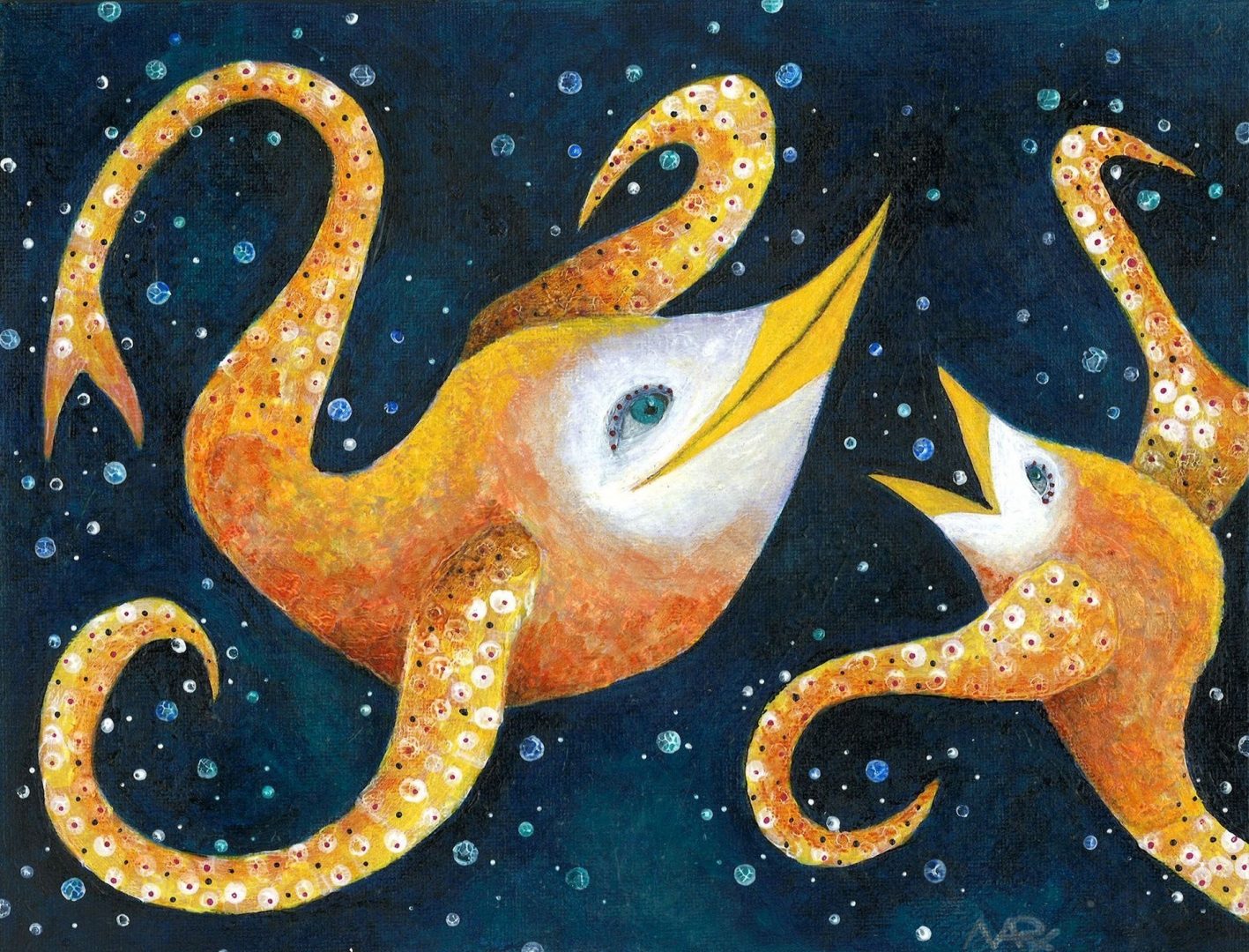Welcome to the Social Art Award 2025 – Online Gallery!
🌊 Dear friends of art and transformation, 🌊
A heartfelt thank you to all artists and creatives who submitted their powerful works for this year’s Social Art Award under the theme: “Planetary Healing – Blue Tribes for Ocean Health.” Your inspiring visions speak to ocean restoration, biodiversity, and reimagining our coexistence with all life forms on Earth.
After receiving 922 submissions from across all continents, and concluding a very active public voting phase, the Social Art Award now enters its next chapter:
🔹 What’s next?
The professional jury panel is currently reviewing and selecting the TOP 100 entries that will be featured in the official Social Art Award 2025 book. In parallel, the two public voting winners will move forward as wildcards into the final jury round.
🔹 Coming up:
-
Shortlisted artists (TOP 10) will be announced by mid-June.
-
Winners of the Social Art Award 2025 will be revealed at our Online Award Ceremony on July 2, 2025.
We invite you to stay connected as we celebrate the power of Social Art to drive dialogue, awareness, and collective transformation.
Let’s continue to amplify art as a force for Planetary Healing.
Elbtoots
Antje Marx
"Elbtoots" (Acrylic on Canvas, 30 cm x 22.5 cm) Are the Elbtoots creatures of my imagination, or a species that has emerged due to changes in the environment? It is said that the Elbtoots owe their name to beeing born in the Elbe River. When they communicate, their sound resembles the trumpeting call of cranes. They are said to live at the bottom of the river, where they are safe from marine traffic. Following the last mating season, the male Elbtoots are said to have swum to Cuxhaven and from there to the sea, searching for a cleaner and quieter habitat than the Elbe. Meanwhile, the females gave birth to their young. Since then, they have been waiting for a sign from their males, indicating that they can follow them to their new, beautiful home. Night after night, when the Elbe is less trafficked, they rise to the surface of the polluted waters and call out to their males.
"Elbtoots" (Acrylic on Canvas, 30 cm x 22.5 cm) Are the Elbtoots creatures of my imagination, or a species that has emerged due to changes in the environment? It is said that the Elbtoots owe their name to beeing born in the Elbe River. When they communicate, their sound resembles the trumpeting call of cranes. They are said to live at the bottom of the river, where they are safe from marine traffic. Following the last mating season, the male Elbtoots are said to have swum to Cuxhaven and from there to the sea, searching for a cleaner and quieter habitat than the Elbe. Meanwhile, the females gave birth to their young. Since then, they have been waiting for a sign from their males, indicating that they can follow them to their new, beautiful home. Night after night, when the Elbe is less trafficked, they rise to the surface of the polluted waters and call out to their males.



